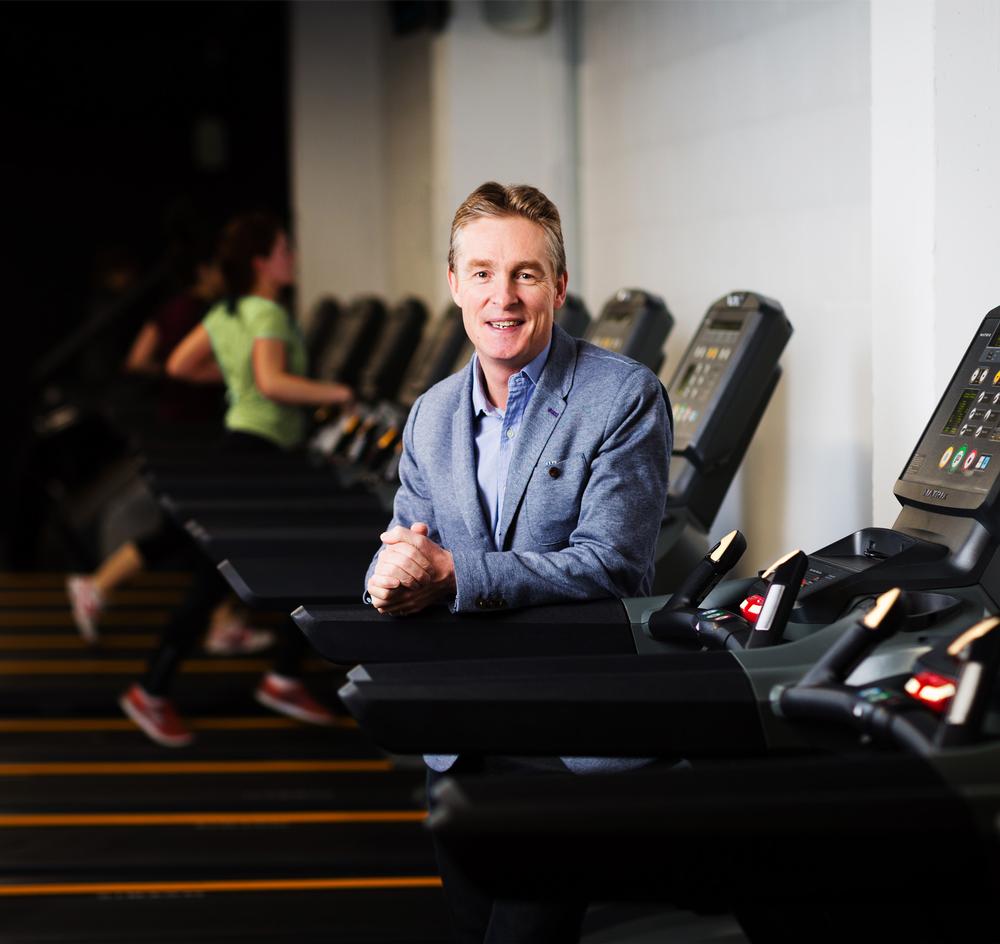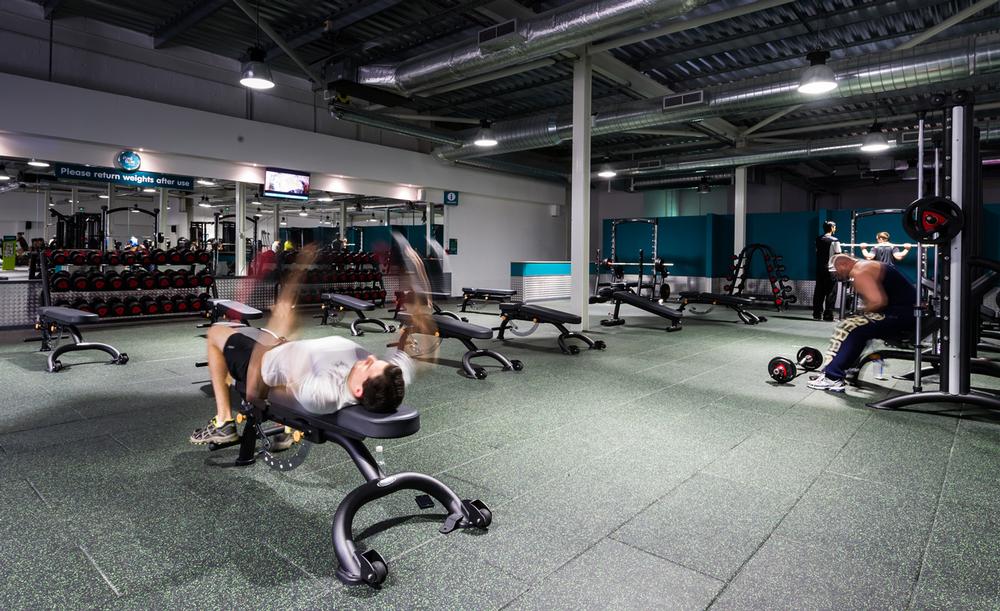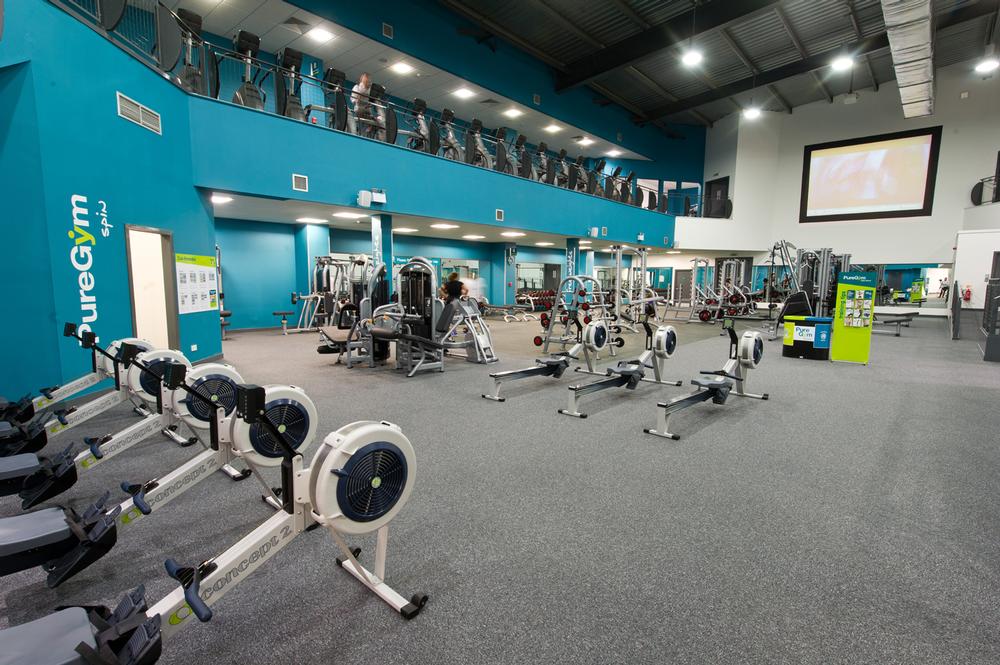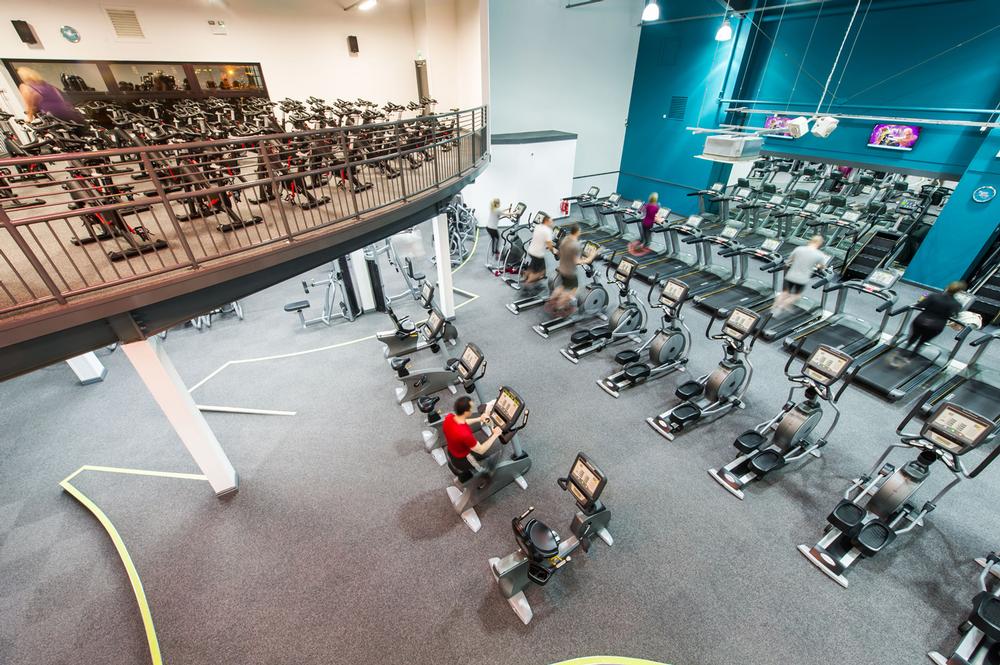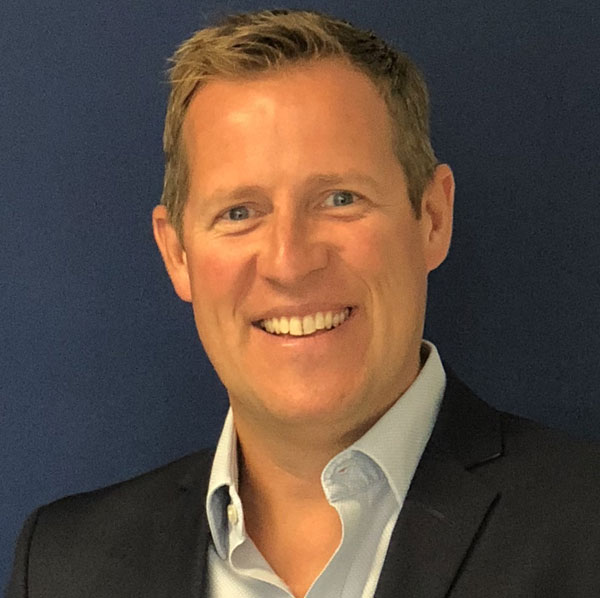“When you join us, you’re a member for life,” Humphrey Cobbold, the new CEO of Pure Gym, tells me when I meet him at the company’s London offices. “Sometimes you’ll be paying for our services, sometimes not – there’ll be times when it simply doesn’t work for you to be using a gym, and that’s fine. But we want to make your experience such that, when you do want to return, we’re your preferred place to go.
“Our core proposition is being there when people want us, not tying them in to contracts that commit them to us when it’s not convenient. Individuals want to be self-determining and you have to accept that – our members can leave and rejoin whenever they like.
“We need to get better at understanding why they’re leaving – that’s something we’re already working on – but in general I think it’s a much more honest, higher integrity position than selling people a 12-month contract when you know, on average, they’re only going to use four or five months of it.
“It does mean there’s no room for complacency though. Our COO Jacques de Bruin came up with a great expression at our last GM conference. He stood up and said: ‘Last year we had 20 million visits to our gyms. That’s 20 million opportunities for our members to love us or leave us. Every time they walk out of the door, ask yourself as a GM which one it will be. We’re only as good as the last experience you gave a member.’”
Finding ‘the one’
When we meet, Cobbold has only been in the role for five weeks, but what he professes to lack in detailed fitness sector knowledge is more than made up for by a raft of interesting ideas and perspectives, all built on the foundations of a diverse business background.
Cobbold spent 15 years with consultancy firm McKinsey – including setting up the South African office – before he had what he calls an “in the shower moment”. Getting ready for work one morning, he realised he didn’t want his professional life to be predictably mapped out for the next 10 or even 20 years. He therefore made the leap client side, spending three years in publishing at Trinity Mirror, before moving into private equity for another three years with Candover. “You always think you understand the City until you actually work there,” he observes. It was, he says, an invaluable experience, but he admits he didn’t enjoy “being arm’s length as an investor”.
In early 2009 he therefore joined recent online start-up Wiggle. By that point, Wiggle had already grown to a £33m turnover and, having started out selling anything and everything, had evolved into a website focused on cycling and triathlon. It was, says Cobbold, “bigger than the founders felt comfortable managing”. Coming in with a brief to grow and professionalise the business, make it sustainable and ultimately sell it, Cobbold steered the company through a four-year period of “white-knuckle” growth, reaching a turnover of £118m by the time the business was sold for £185m in December 2011. This growth continued, with turnover reaching £167m by the time Cobbold left in September 2013.
“When I was at Wiggle, I felt really good about selling people stuff that made them happier and healthier and the world a slightly better place,” he says. “If we helped them run a bit more, cycle a bit more, or swim, I felt good about that. I felt we were doing it in a way that made better products more available, at better prices, anywhere in the world. That felt like a good thing to be doing.”
On leaving Wiggle, although he first took a bit of time off to indulge his passion for sport and triathlons, Cobbold was keen to find a new job that gave him a similar buzz. “I wanted to find something I felt really engaged and excited by, and where I knew could make a difference,” he explains. “I looked at 60 or 70 companies during 2014, and the only rule I had was that I would look at anything once and I would have at least one meeting on anything. I wouldn’t rule anything out looking at it from a distance.
“Pure Gym is a great example actually. My first reaction was that it wasn’t right for me. I discovered the great outdoors through what I was doing at Wiggle – I enjoy running in the park, swimming in open water, cycling on the open road. Although I’m happy in gyms, I’m not a gym bunny. But when I met Peter [Roberts, founder of Pure Gym], heard what he’d achieved to date and understood more about the business – the genuine enthusiasm in this young, growing business – I realised it was the one for me.”
That perfect fit was also down to Cobbold’s personal interest in fitness. “Where you have enthusiasts among members and staff, you have to have that enthusiasm yourself to be credible as a leader,” he acknowledges. “Businesses can be efficiently managed by a good administrator, but if they can be effectively led then they can be much, much better businesses.”
Growth potential
Fast-forward a few months and Cobbold is firmly embedded at Pure Gym – the 18th fastest-growing private company in the UK last year, according to The Sunday Times, and already the largest fitness chain in the UK. So how does he plan to continue this impressive growth?
“There’s a right rate of growth for any business: too slow and you’re ceding too much market territory to somebody else. Too fast and you’re overstretching the business and will fall over at some stage. Plus of course percentage-wise you can grow much faster when you’re smaller. However, we’re working very hard to be able to add 30 or so gyms a year in the UK for at least the next couple of years, including eight or 10 in London this year. That will mostly be through organic growth, but we’re also open to acquisitions – the affordable sector will absolutely consolidate at some stage and to some degree, despite the CMA’s intervention [ruling out Pure Gym’s merger with The Gym Group] last year.
“I believe there’s still plenty of room for growth. Last year, Pure Gym revenues were a shade under £70m, and I expect to add another £20–25m over the next year.
“I don’t know exactly how many affordable gyms the UK will support, because you can’t easily predict the demand-side consequences of adding supply into a market. We add facilities into markets we judge carefully, where we think there will be demand, but you don’t quite know what the demand will actually be until you open the doors. It’s a bit of a ‘build it and they will come – you hope’ kind of strategy. That’s the reality of it.
“But I believe the proposition we’re offering is extremely robust and compelling for a large number of people out there – most of whom haven’t even heard of it yet. And that’s key: we need to drive awareness. Most of my friends don’t even vaguely know what Pure Gym is, and that’s because none of the affordable chains have done much marketing or presenting themselves outside of their very local area.
“Within the fitness industry, because we talk about it all the time, I think there’s an assumption that the public is now fully aware of the generic USPs of the affordable gym sector – no contract, lower costs, round-the-clock access and so on. But I don’t think that’s actually the case. I don’t think they’re even halfway aware yet, so we have a job to do there.”
Unshackling the model
There’s also, he believes, an argument for expanding the role of the health club. “Our mindset at Pure Gym is that we need to encourage regular participation of activity – wherever possible inside our gym, so we need to make our environment and community worth paying for.
“But if our raison d’être is to help people be more active, fitter, healthier – appreciating that exercise means very different things to different people – why would we constrain ourselves to the gym? What about the events people are doing, the walks in the park, the rides across the hills or a whole range of other things? Our role should be to enable and make that choice easy, not difficult. The constraint of exercise having to take place within the four walls of our gyms is a constraint we invent for ourselves. It’s not a constraint invented by the consumer for themselves.
“For me, there are three or four parts to the role of a gym. There’s the facility – safe and secure to exercise in at any time of the day or night. There are also experts in personal training and activity on-hand who you can engage with about what you’re doing and why – you might even pay for PT or do a class.
“But given all the knowledge we have in-house, I’d be astonished if over time we’re not publishing much more content and information and expertise – things you can do both in the gym and outside. At the moment we’re essentially a place people go to do stuff, but I don’t see any reason why we can’t become a content and advisory brand, a source of counsel and guidance. I believe we have a brand that increasingly will have the credibility and authority to do this.
“And then finally, when I was at Wiggle, we actually sponsored, owned and even operated our own mass participation events. Some people actually knew us better for those than for our website and online retail business. I don’t see any reason why we couldn’t do something similar at Pure Gym – I think there’s a whole series of activities outside the club that we could, and should, either get involved in or else own and operate ourselves.
“Obviously you have to find a way of making that stuff pay, or at least accept that it’s a cost that gets paid for somewhere else within the business. But those are the sorts of things the brand can do. We need to start from the point of view that our core proposition is an open-minded one – one that’s based on being there when people want us to be.”
Staying on top
But although Cobbold sees plenty of room for growth in the affordable sector, he also acknowledges the finite supply of suitable real estate: “There will be a limit to the number of 20,000sq ft facilities we can create. We don’t quite know where that limit is – my suspicion is there’ll be more than people currently recognise, because the proposition is so compelling. But when the growth curve flattens off, what will we do next? You don’t have to be a rocket scientist to work out that there’s lots of other stuff going on in the fitness arena – activity events, nutrition, active health management and so on – that people are spending time and money on. We’re thinking hard about some of those things, but the plans haven’t even left the drawing board yet, so it’s a case of ‘watch this space’ for now.”
In the meantime, Cobbold is keen to draw out USPs for Pure Gym that go beyond price. “Anyone can lead on price – that’s not a hard model to copy,” he says. “Our size allows us to create genuine USPs through scale. Some of those will be very obvious to consumers – being able to use any of our clubs, for example, rather than just their home club. But you can create USPs behind the scene as well. Consumer interaction is very close to my heart, and we can afford to invest in systems that will allow us to better manage the member relationship. Our online interface should be better than anybody else’s in the marketplace. It’s not at the moment, but it will be.
“Over time, we should also be able to build up partnerships with third parties that give value to our consumers: we’re a marginally male-led proposition, with a large proportion of our members aged between 18 and 30. That’s the hardest demographic to reach, and yet we have hundreds of thousands of them coming in to our facilities on a weekly basis. That makes us very attractive to third parties.”
He continues: “There are, however, some real penalties to being big: you become less efficient, less nimble, less able to change. So you need to focus on the things that make being big worthwhile to your customers, continuing to innovate rather than being locked into defending what you have. If not, before you know it you become the incumbent you displaced.
“We have to keep thinking like an insurgent. How do we tackle ourselves when we’re the big guys on the block? Because if we’re not going to think about it, somebody else is.”








